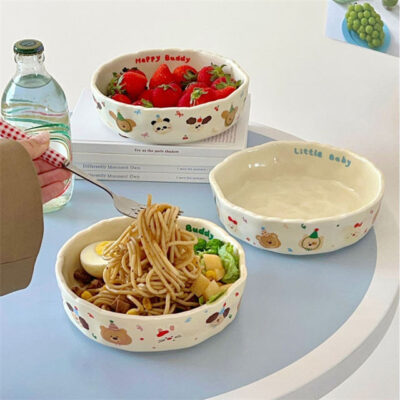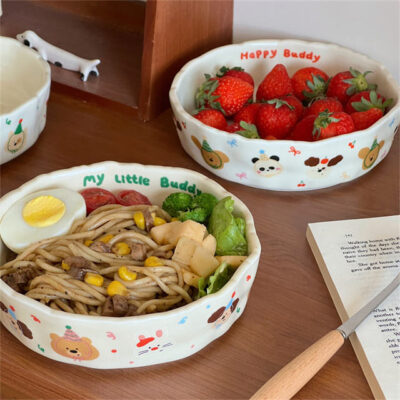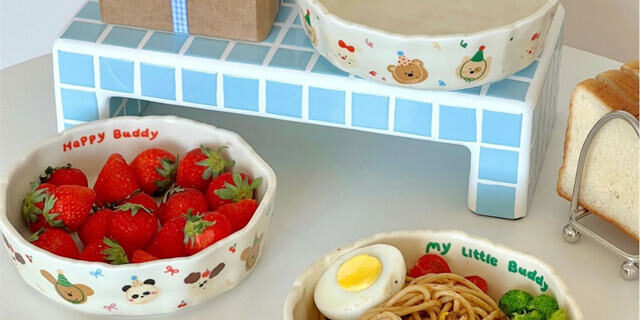In professional food service, the right bowl size does much more than hold food—it directly impacts portion control, food cost management, and customer satisfaction. For restaurants, hotels, and catering services, buying bowls wholesale requires careful planning. This guide explains how to choose the correct bowl sizes and volumes, and why wholesale supply partners matter in the procurement process.
1. Why Bowl Sizes Matter
Every dish has an optimal serving size. For example:
-
Ramen or noodle bowls: Typically 700–1000 ml capacity.
-
Salad bowls: 900–1500 ml, depending on whether it is a side or entrée portion.
-
Rice bowls: 300–500 ml for single servings.
-
Soup bowls: 400–700 ml to balance liquid and garnishes.
Using standardized bowls allows chefs to serve consistent portions, which helps maintain menu quality and avoid waste.
2. Portion Control in Food Service
Portion control is one of the key drivers of profitability. Overserving increases food costs, while underserving disappoints customers. Bowls should be matched to menu portions to prevent inconsistency. For example, a 500 ml rice bowl guarantees the same portion size across hundreds of meals, keeping food costs predictable.
3. Volume vs. Visual Presentation
Restaurants must balance functionality with presentation. A bowl that appears full enhances customer satisfaction even if the portion is moderate. Deeper bowls give a generous impression, while wider bowls showcase plating creativity. Buyers should test different volumes with actual dishes to evaluate the perceived value.
4. Durability in Wholesale Supply
For wholesale buyers, durability is just as important as size. High-turn restaurants require bowls that resist chipping, stacking stress, and daily washing cycles. Reliable glaze quality ensures bowls maintain their look over time, even in busy kitchens.
5. Working with Wholesale Suppliers
Partnering with reliable suppliers ensures consistent bowl sizing and quality across orders. Many businesses source bulk inventory through Bowl Manufacturers to secure consistent supply and competitive pricing.
For distributors and hospitality buyers, checking product ranges on Bowl Wholesale provides insight into standard volumes and available designs before finalizing procurement.
6. Customization Options for Buyers
Some wholesalers offer custom solutions for portion-specific needs. Options may include:
-
Adjusting depth and diameter to match menu items.
-
Custom branding for chain restaurants and hotels.
-
Specialized packaging for e-commerce distribution.
These options help businesses stand out while ensuring operational consistency.
Final Thoughts
The right bowl sizes and volumes play a critical role in portion control, food presentation, and profitability. Buyers should carefully assess menu requirements, test different volumes, and work with trusted wholesale suppliers to secure reliable products.
Whether you are managing a small restaurant or a large hospitality chain, investing in the correct bowls will streamline operations, reduce waste, and improve customer satisfaction. Wholesale purchasing ensures cost efficiency and supply stability, making it an essential strategy for professional buyers.


















